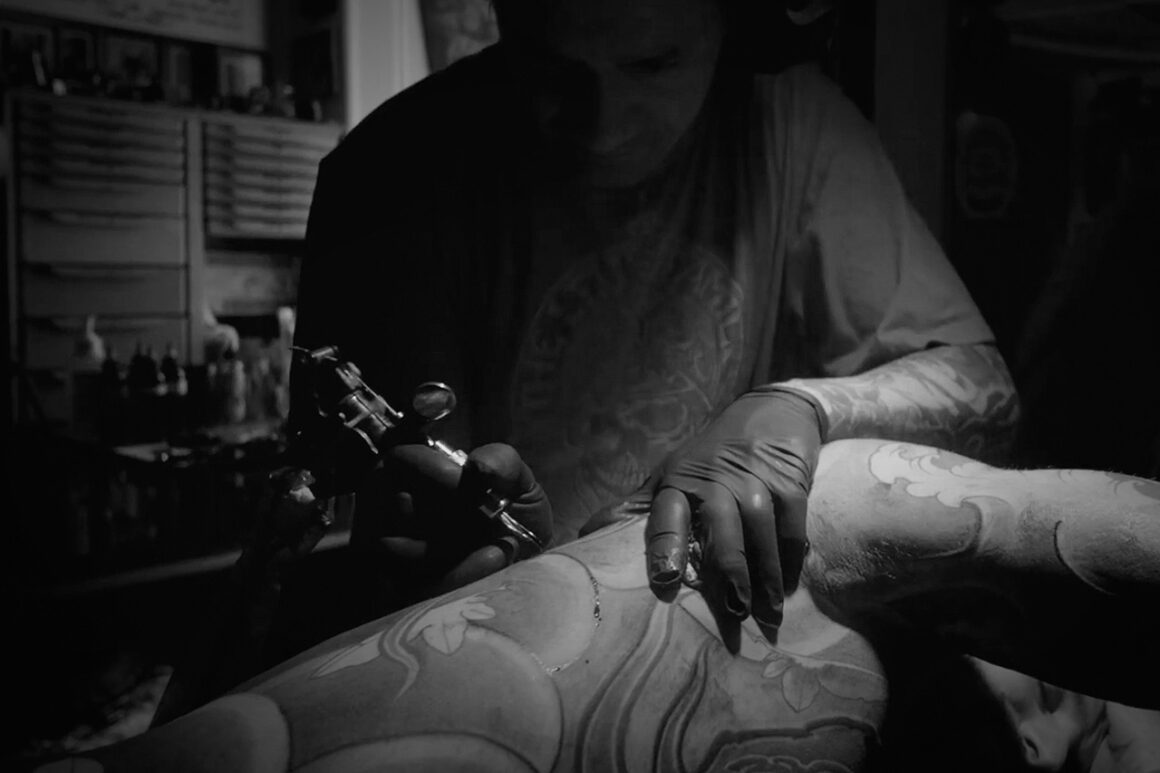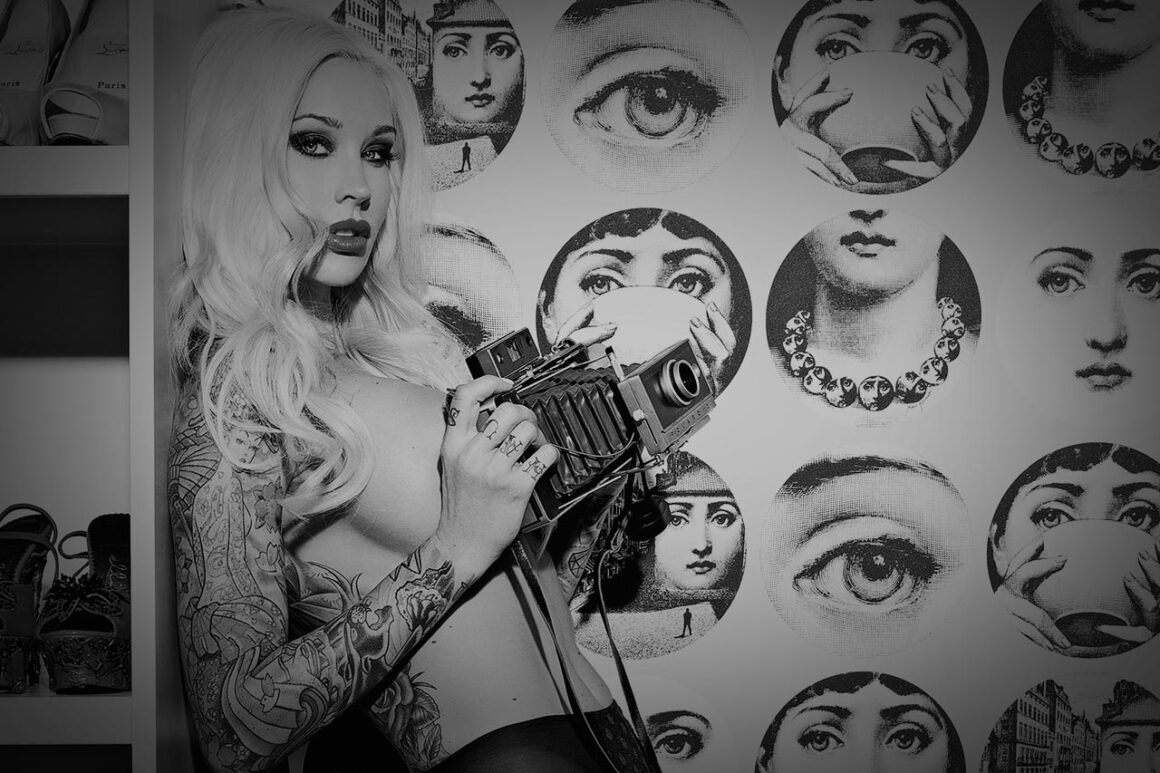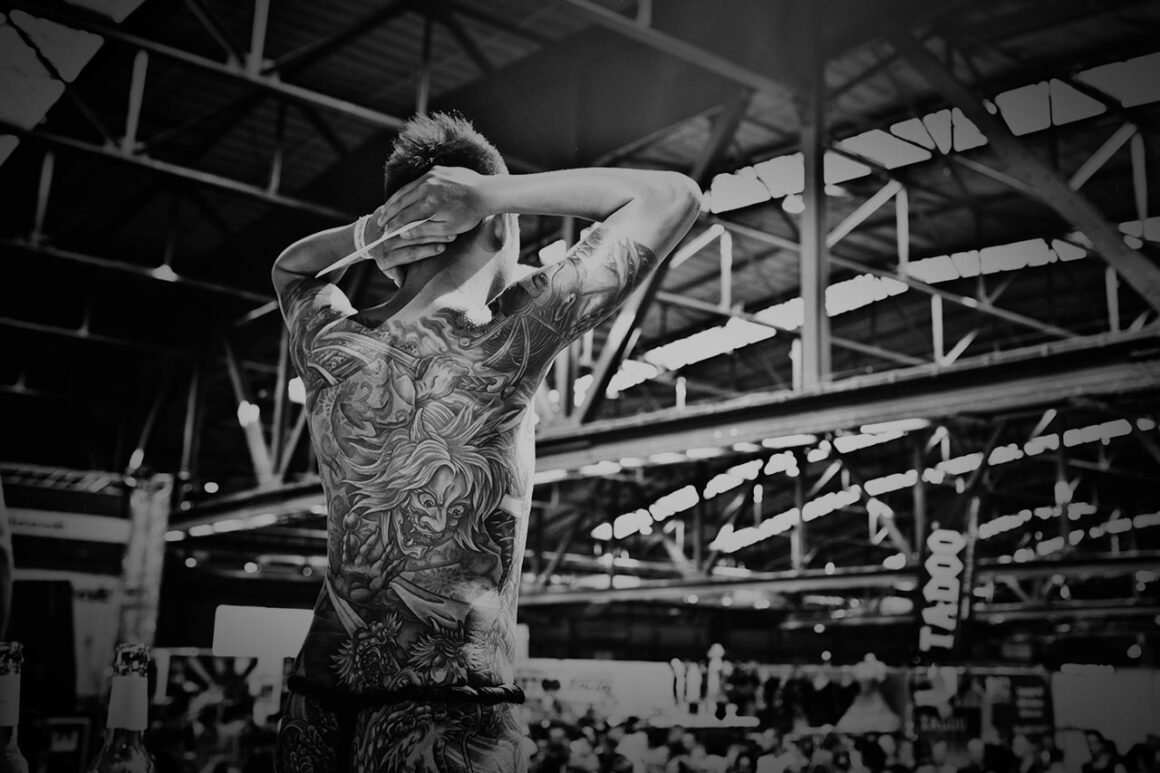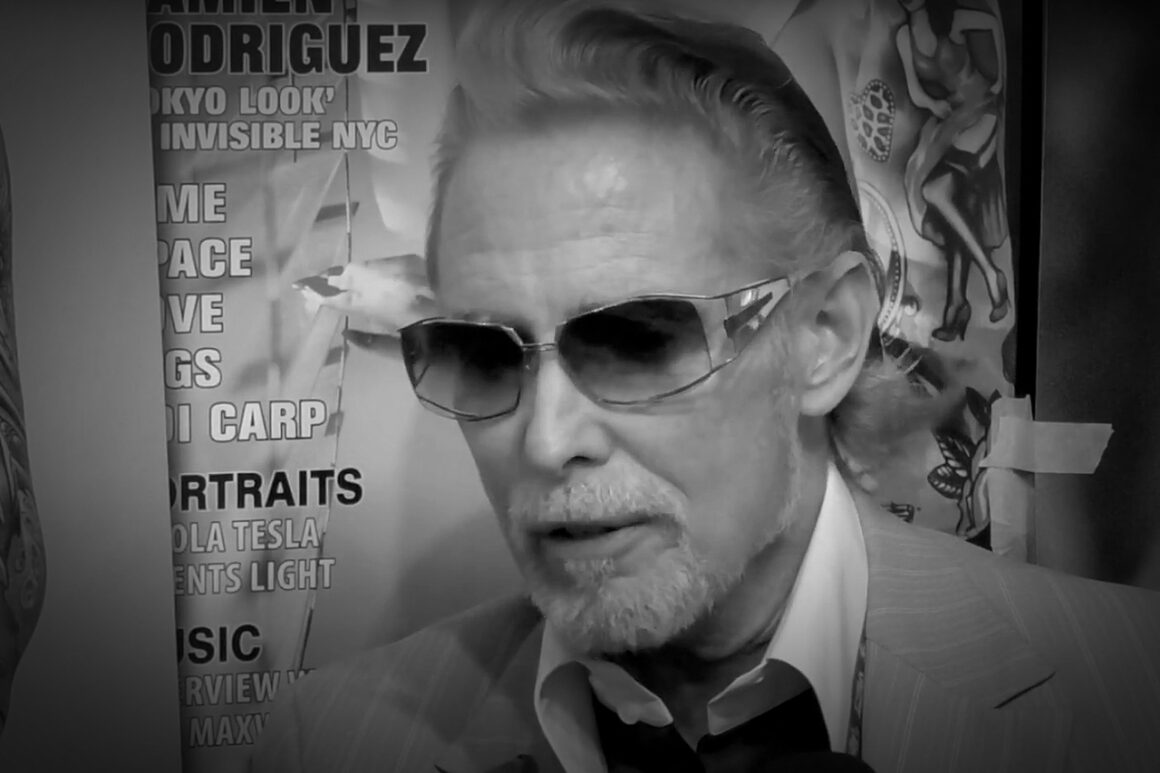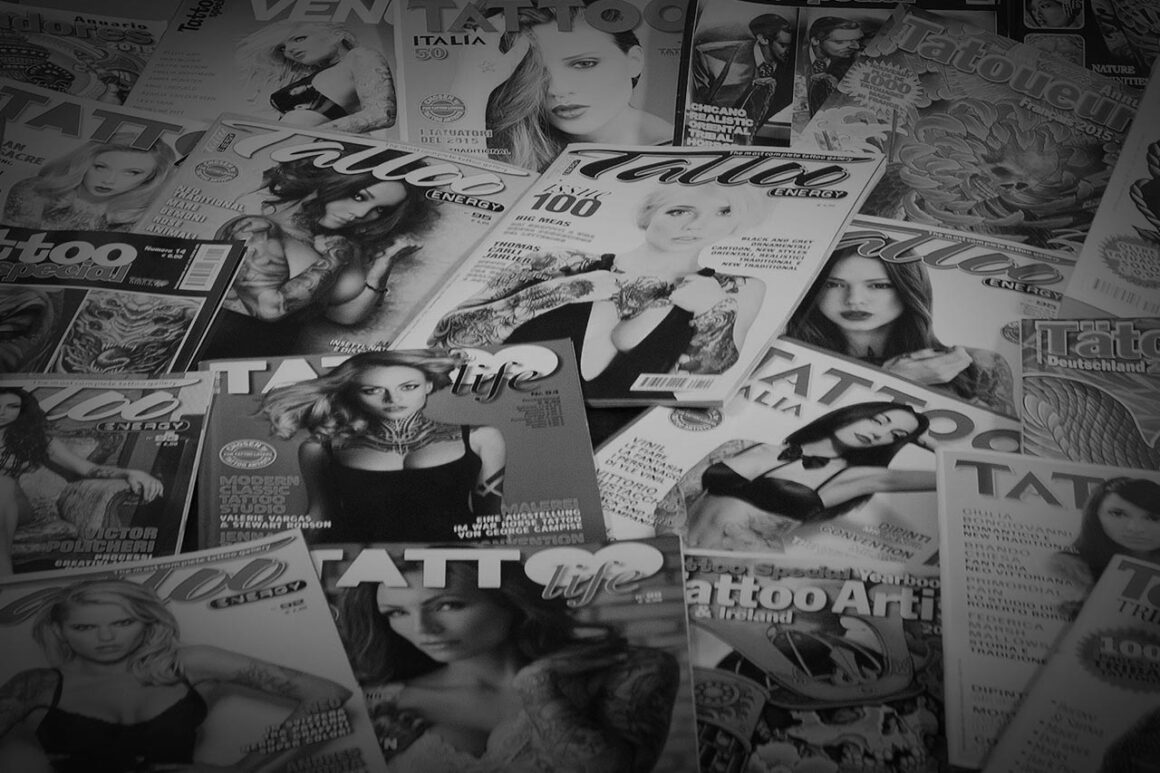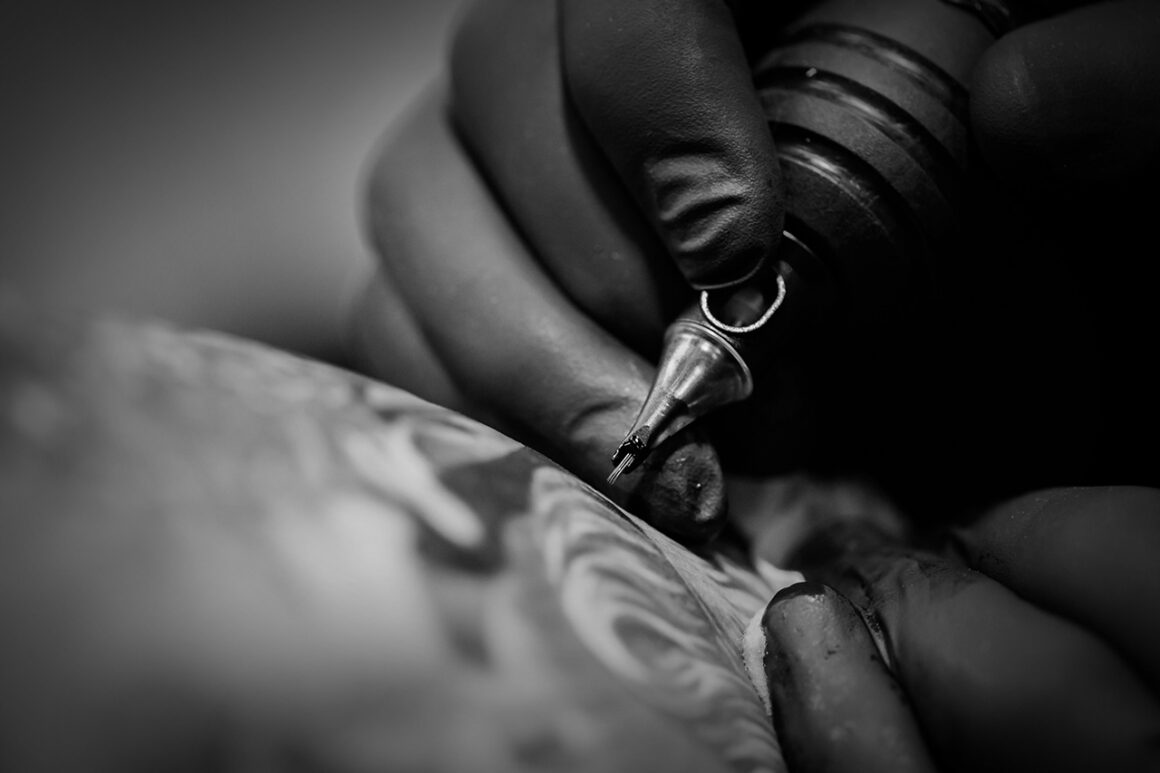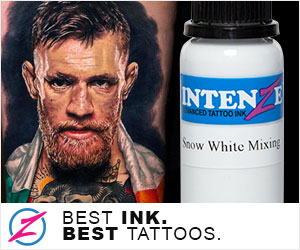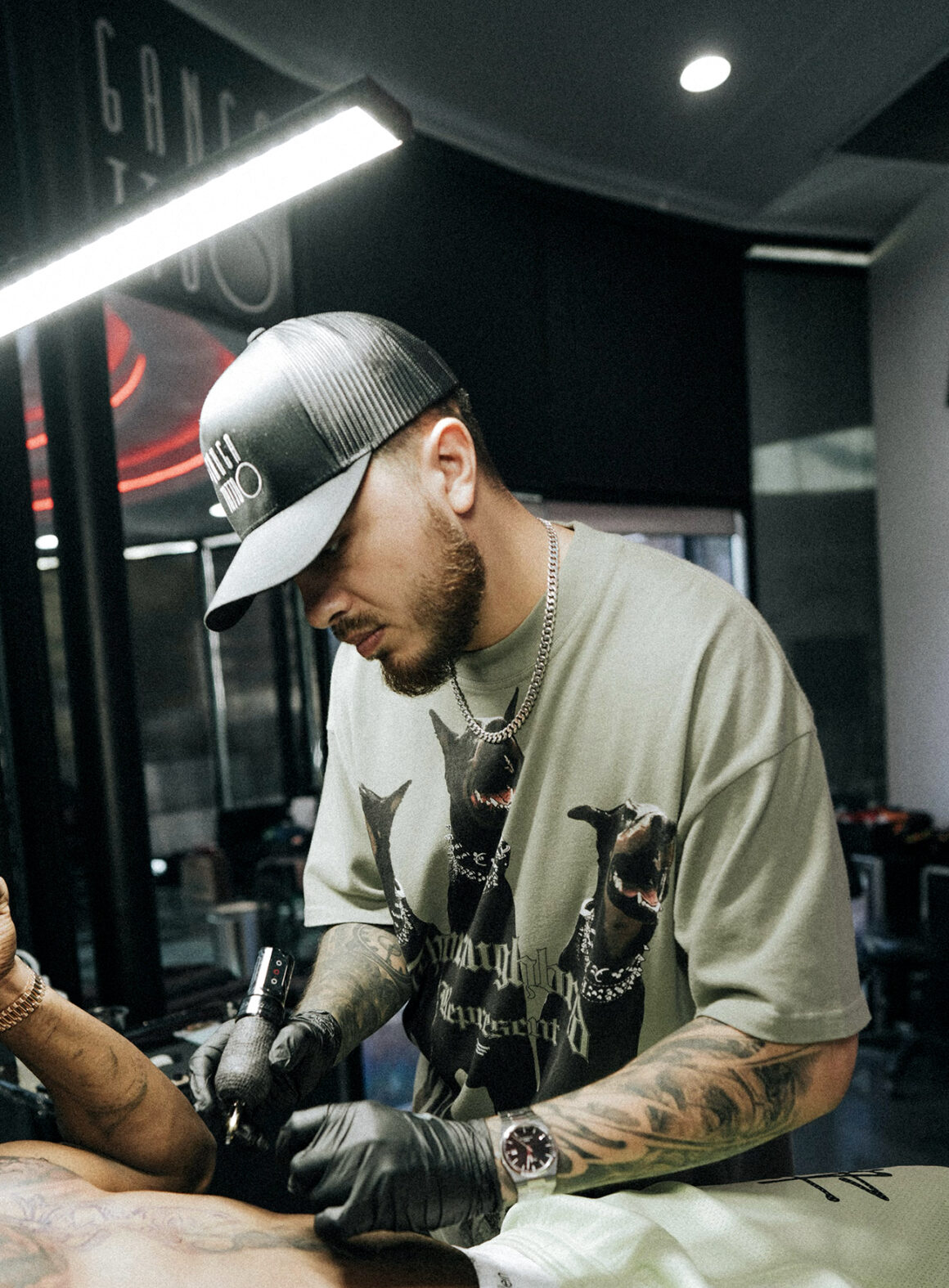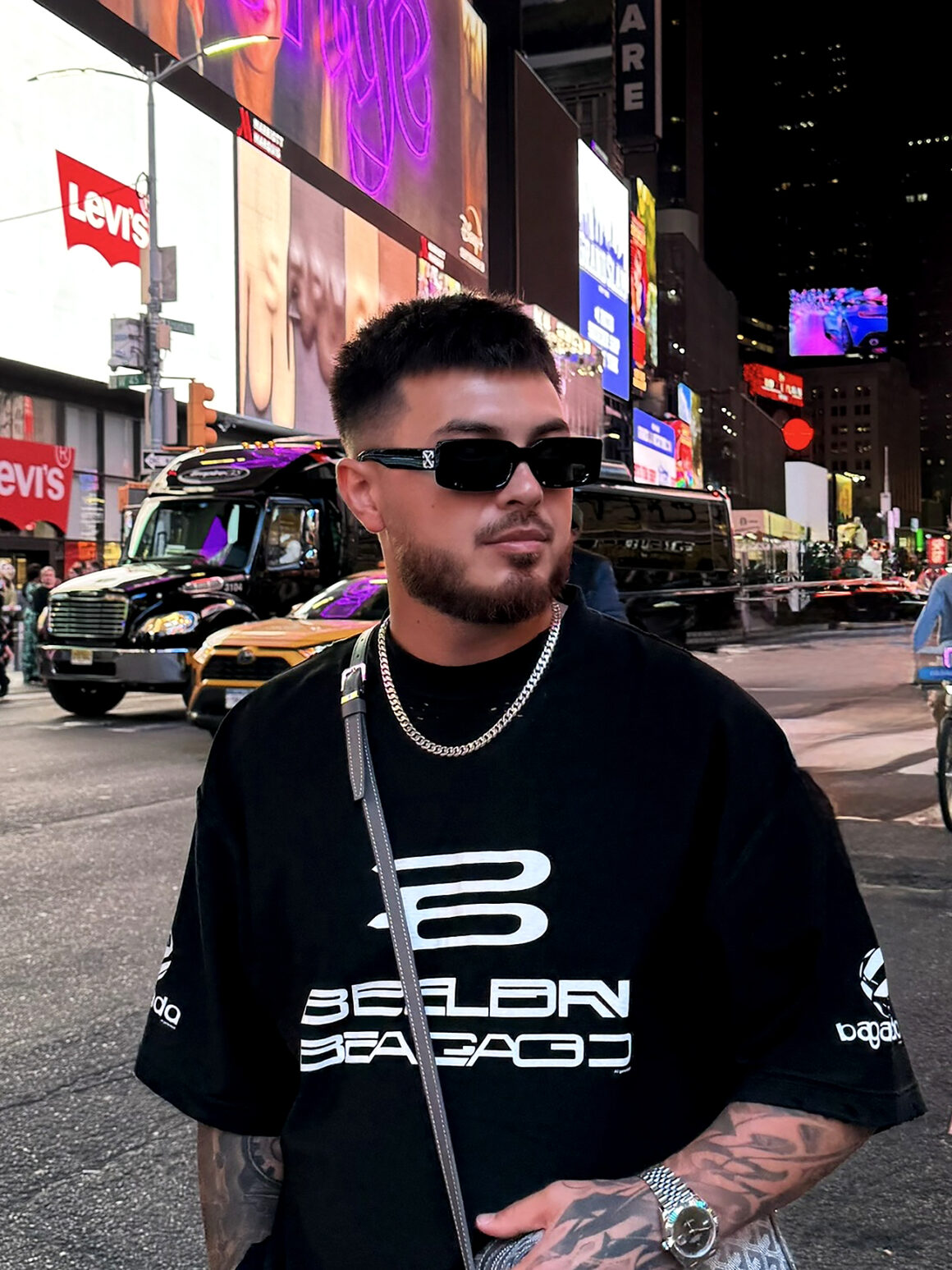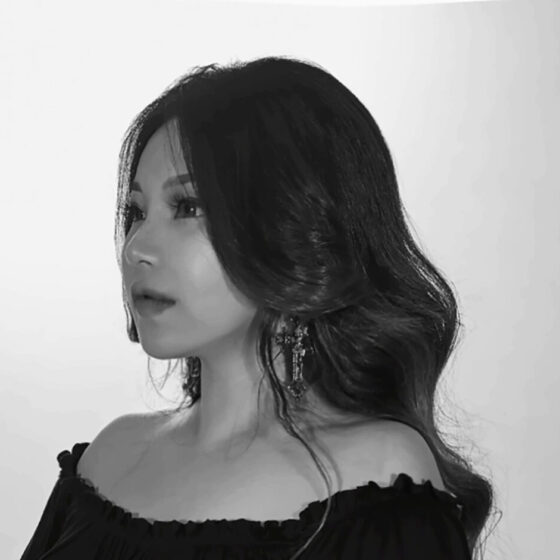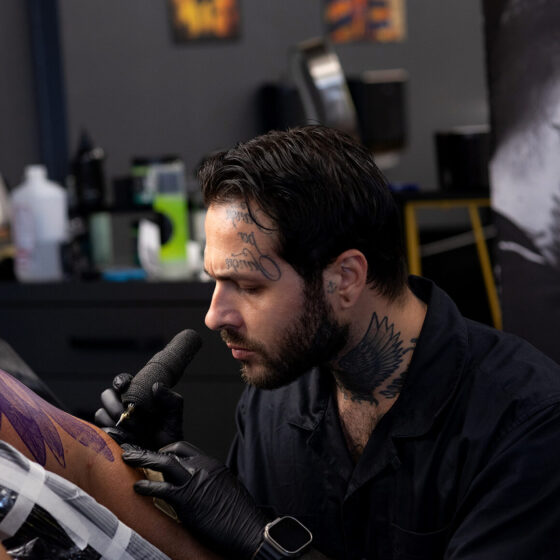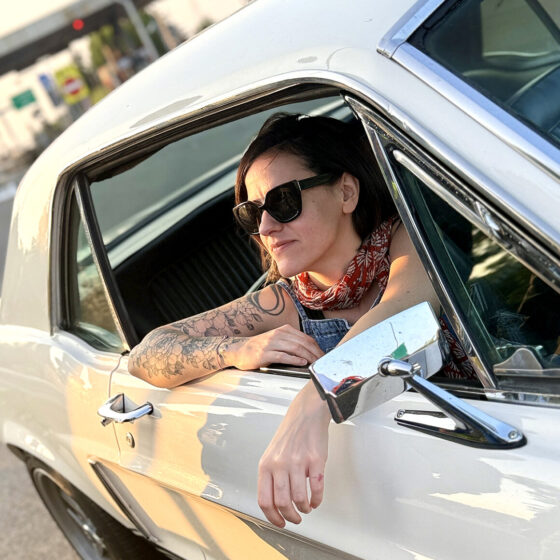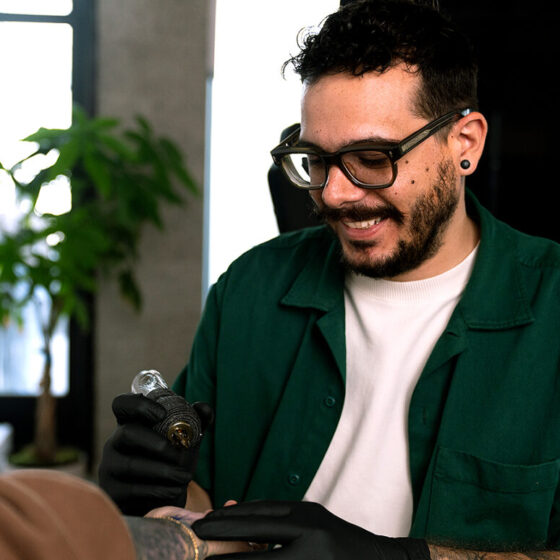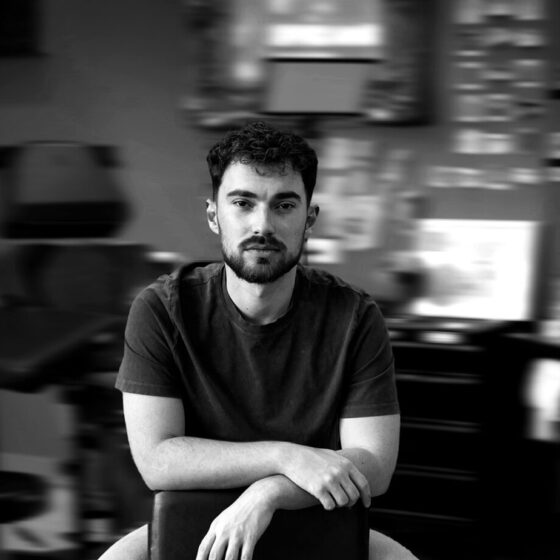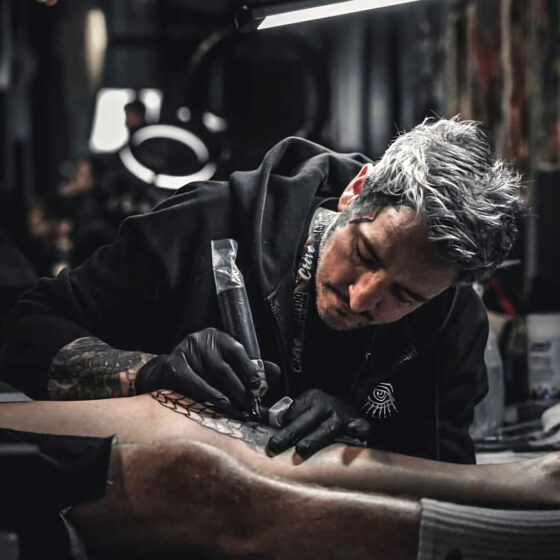From Ukraine to Los Angeles, through years of dedication and travels around the world, Danh has carved out his voice in Black and Grey Realism. Now he is a resident artist at the renowned Ganga Tattoo LA and his inspiration comes from classical sculpture, mythology, sacred iconography, and architecture, Danh’s tattoos are not just images, they are visual narratives with a big soul. Each piece is executed with obsessive attention to texture, light, and depth, using whip shading techniques to achieve a softness and intensity that gives the skin a great presence.
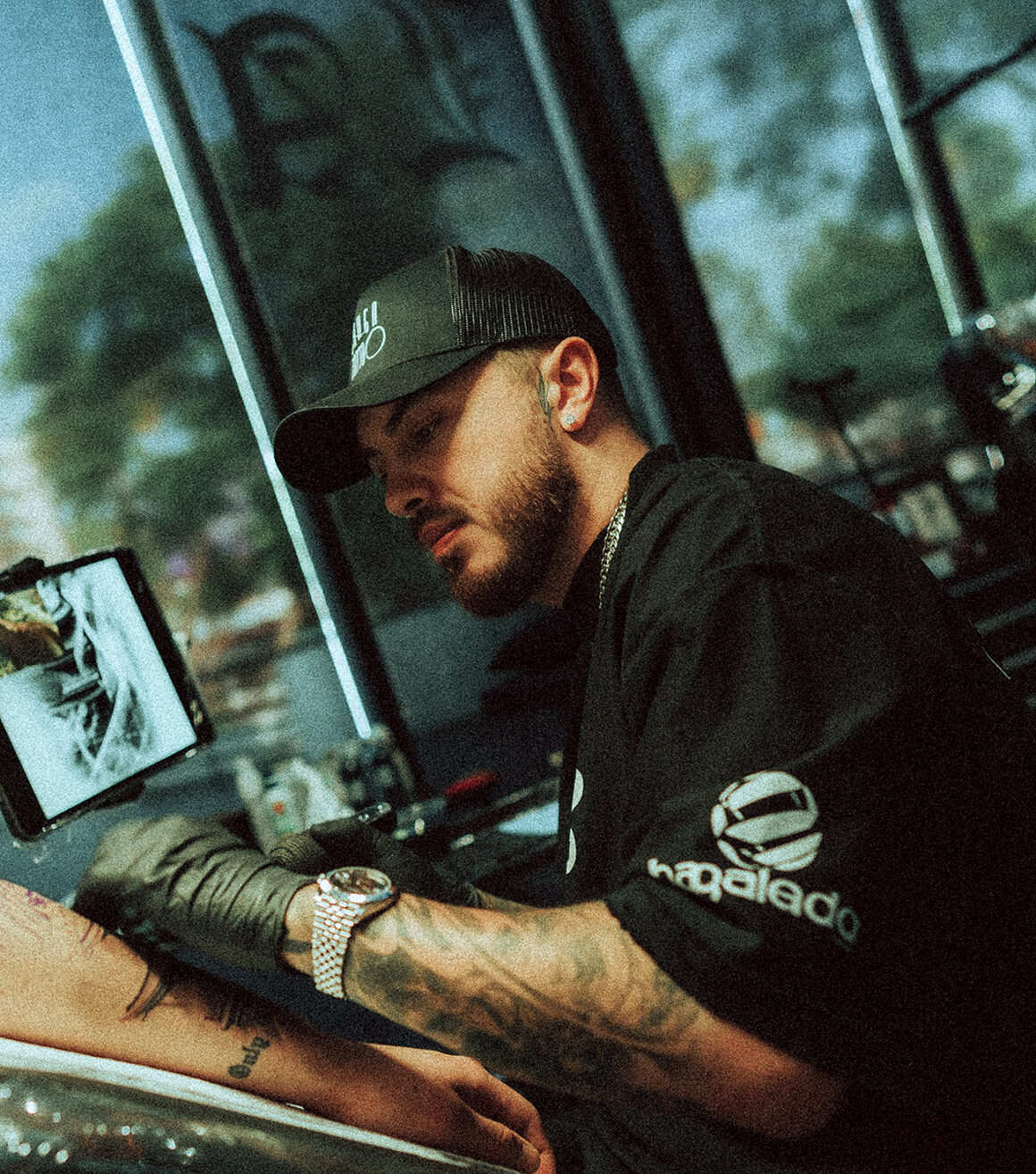
Hi Danh welcome to Tattoo Life. You’re a resident of Ganga Tattoo LA. Did you start out at this studio or did you arrive here after various other experiences?
I became part of Ganga Tattoo LA after years of experience in the industry. Before joining the studio, I worked in Ukraine, Germany, and Switzerland, participated in international conventions, and steadily built my portfolio and technical foundation. The invitation from Ganga came at a truly unforgettable moment — right after my wedding — and felt like a gift from the universe. I had been following his work for years and admired both his artistry and business vision. Joining his team was a major milestone for me.

Where are you from, and why did you decide to live in Los Angeles?
I’m originally from Ukraine. Los Angeles became my home because it offers both challenges and opportunities. The competition here is intense, but that’s exactly what pushes me to stay sharp and keep growing. LA is a city of freedom — creatively and personally. The diversity, the energy, the climate — it gives you room to breathe and create without limits.
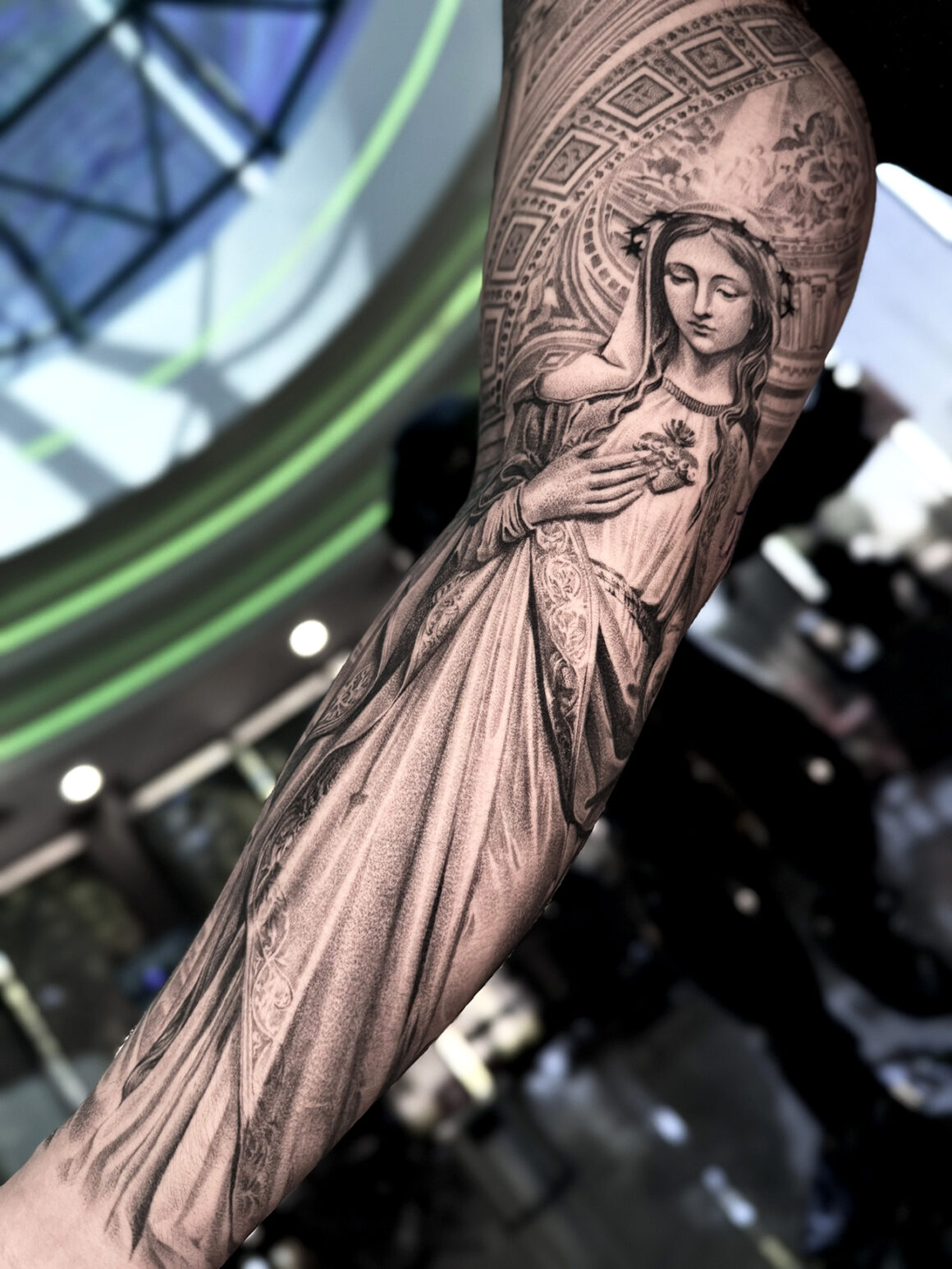
What is your background? Did you attend art school?
I never went to art school. Everything I know came through self-discipline and years of observation and practice. I’ve been drawing since I was a child — it was my way of understanding the world and expressing how I saw it. I absorbed everything through visual language: light, form, emotion. Over time, it evolved into a deep obsession with detail and craftsmanship. My teachers were sculptures, paintings, architecture — not textbooks.
My development as an artist came from genuine curiosity, instinct, and relentless pursuit of improvement.
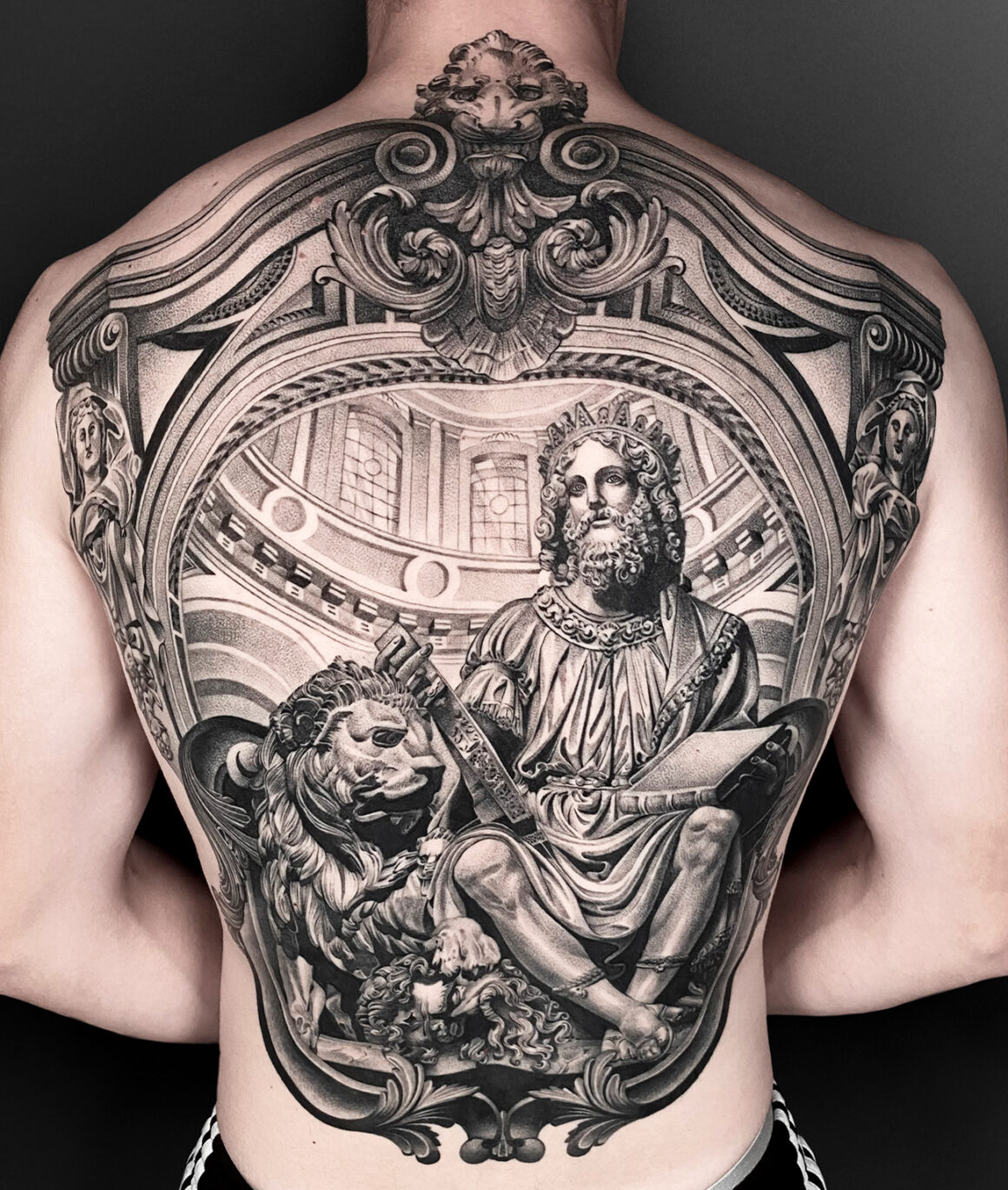
Would you like to describe your style?
My style is black and grey realism, built on a combination of emotion, sculptural form, and architectural precision. I work primarily using a technique called whip shading, which allows me to build smooth gradients, subtle texture, and visual depth. For me, it’s not just about replicating an image — I want to give it life, movement, and atmosphere. I aim to make each piece feel like a carved story on the skin — not just an illustration, but something monumental. I’m especially inspired by sculpture, mythology, religious iconography, and classical architecture — elements that speak a timeless visual language.
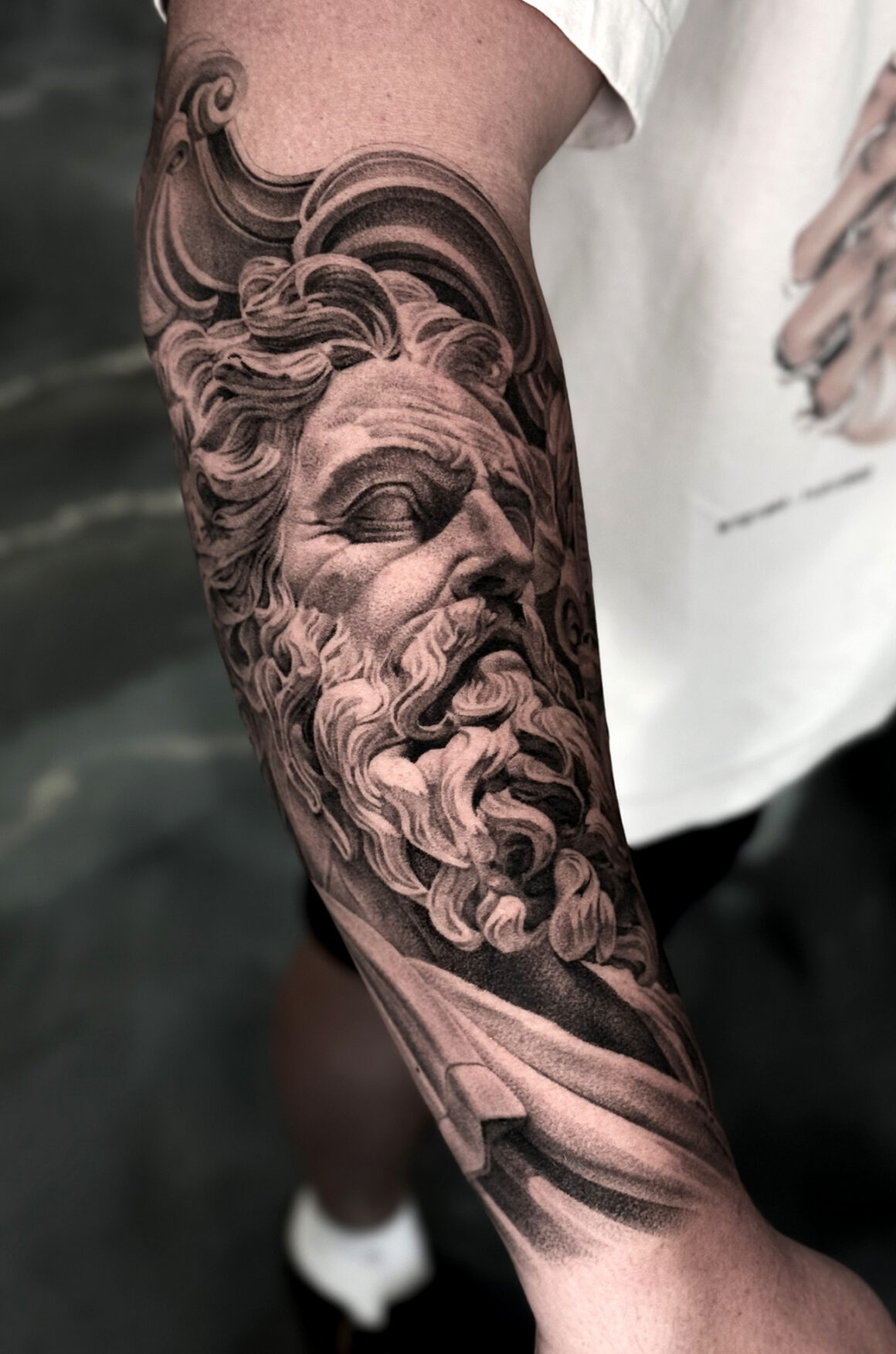
What are the specific features you have chosen to focus on in your style? Subjects, themes, shading…
Light, depth, and texture are my main priorities. I care deeply about both the technical side and the emotional impact of an image. My themes often explore symbolism, sacred visuals, mythology — things that provoke an internal response. I work in extreme detail, because I believe that’s where the real strength of an image lies. Whip shading helps me layer complexity while keeping softness and control. It’s about building intensity without overwhelming the eye.
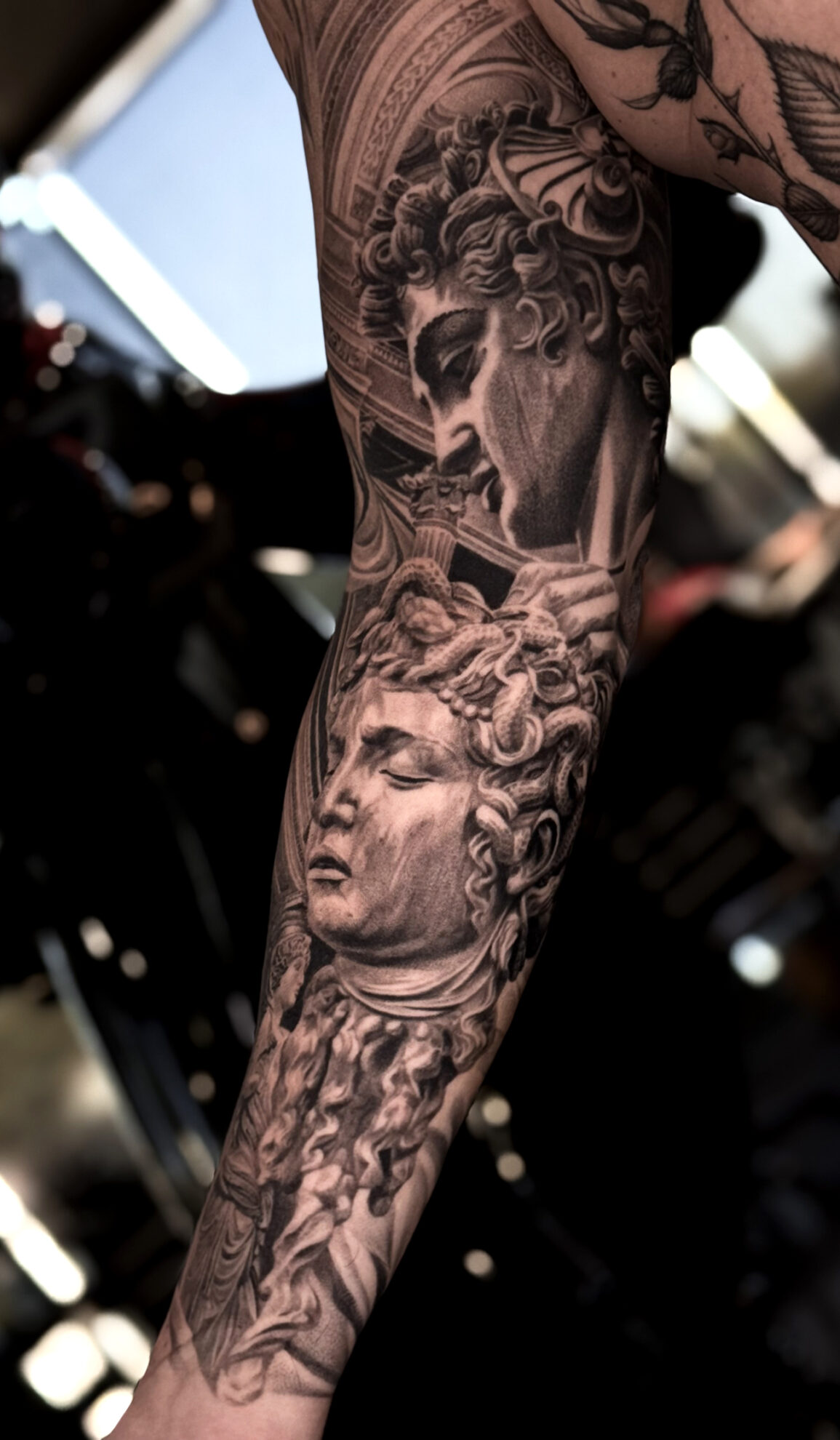
You seem to have a particular interest in issues related to sacred images. Is that correct? Is it a personal passion?
Yes, absolutely. Sacred and mythological imagery has always spoken to me on a deeper level. It holds emotion, narrative, and presence. These images often represent transformation, belief, or struggle — timeless human themes. Working with them allows me to channel those stories into something visual and permanent. It’s a personal passion and one of my favorite directions to explore.
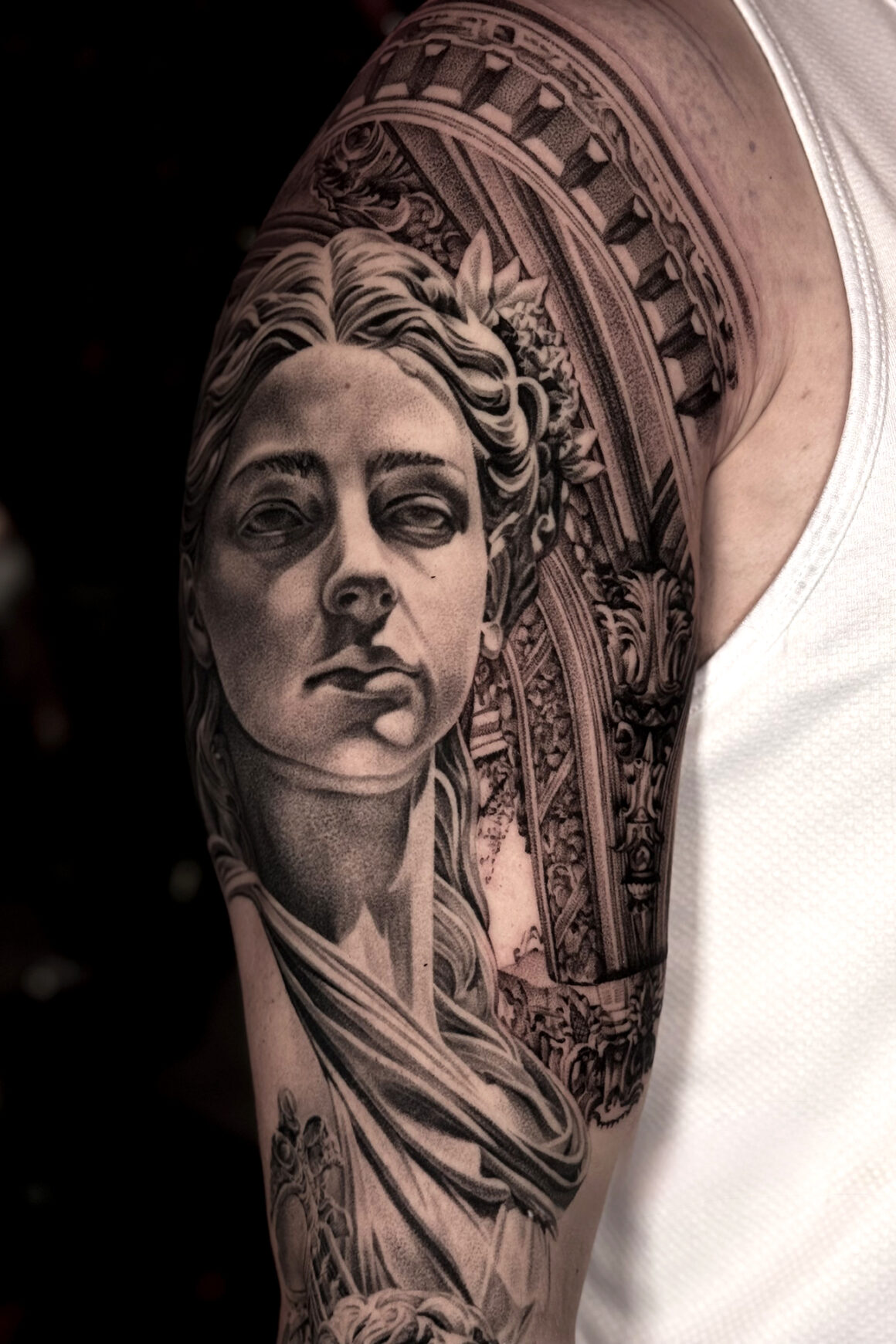
What aspects are most important to you when healing a tattoo?
Consistency and care. I always provide detailed aftercare instructions and emphasize how critical the healing process is for preserving contrast and clarity. But it doesn’t stop there — I also stress the importance of long-term care. Tattoos should be maintained throughout life: using SPF, keeping the skin hydrated, and taking care of your body overall.
I genuinely care about how my work will look in five or ten years, and I want every tattoo to remain as strong as it was on day one.
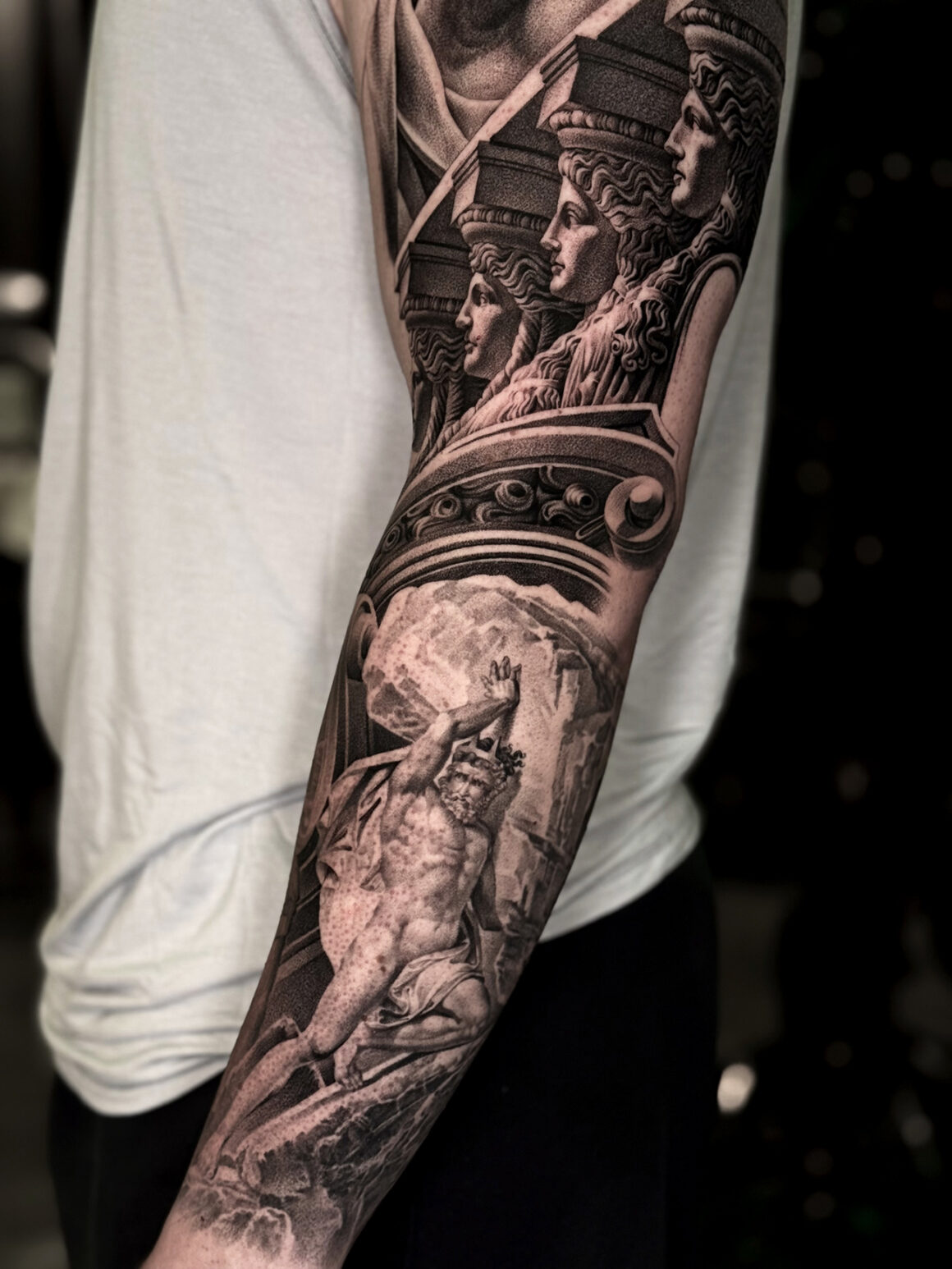
Do you attend tattoo conventions? Where do you like to go?
Yes, I actively attend conventions — they’re a powerful way to connect, grow, and stay inspired. My first one was in Kharkiv, Ukraine, where I took home two awards. Later, from the same organizers, I also competed in two tattoo battles and placed in both. In the U.S., I’ve been especially inspired by VillainArts events.
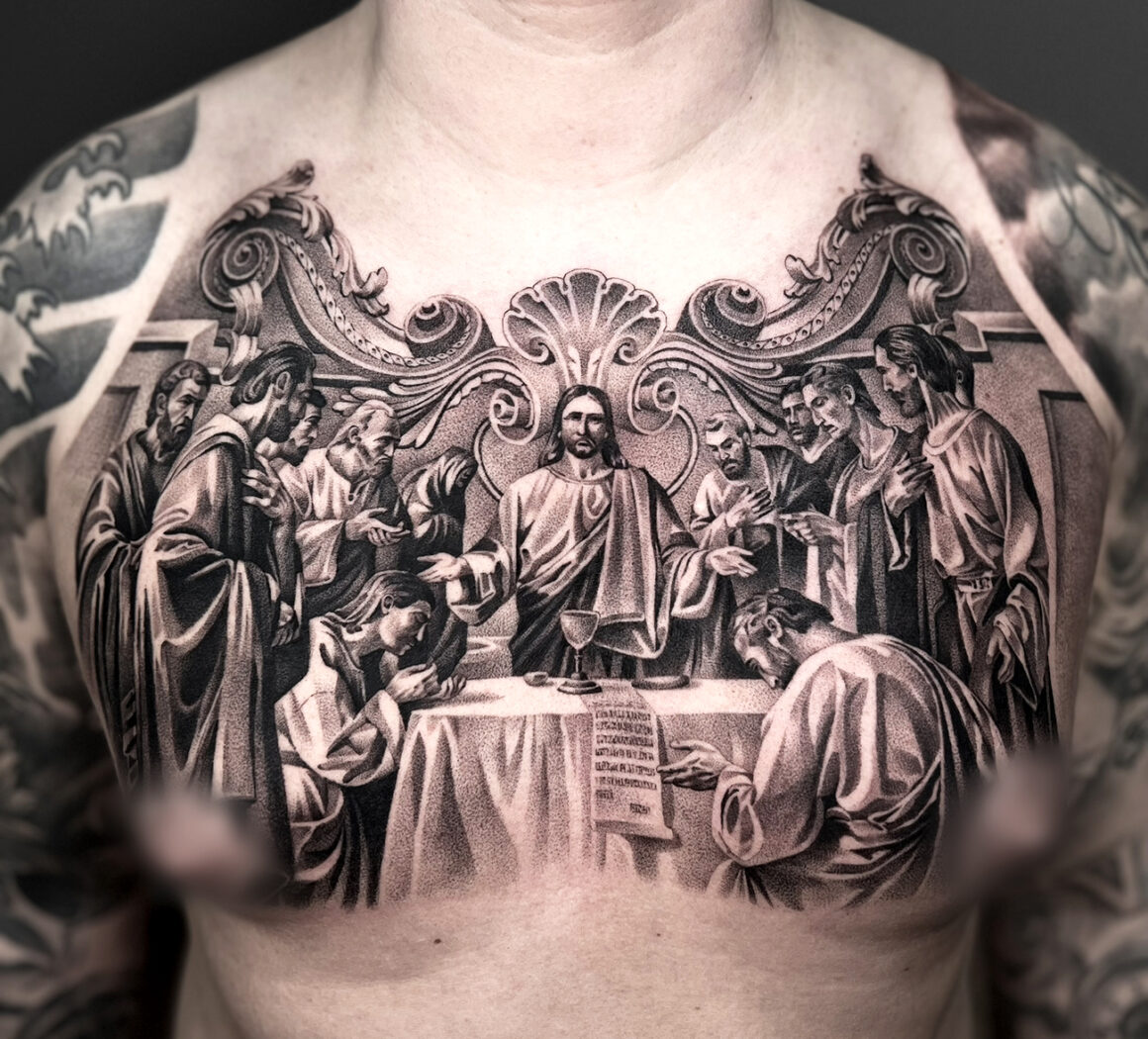
I served as a judge at their convention in Cleveland and then participated again in San Diego. There, I judged on the first day, and on the second and third days, I entered work in four separate categories — earning awards in each one. Every convention brings a different vibe, but those moments were especially meaningful to me for their scale, energy, and recognition.
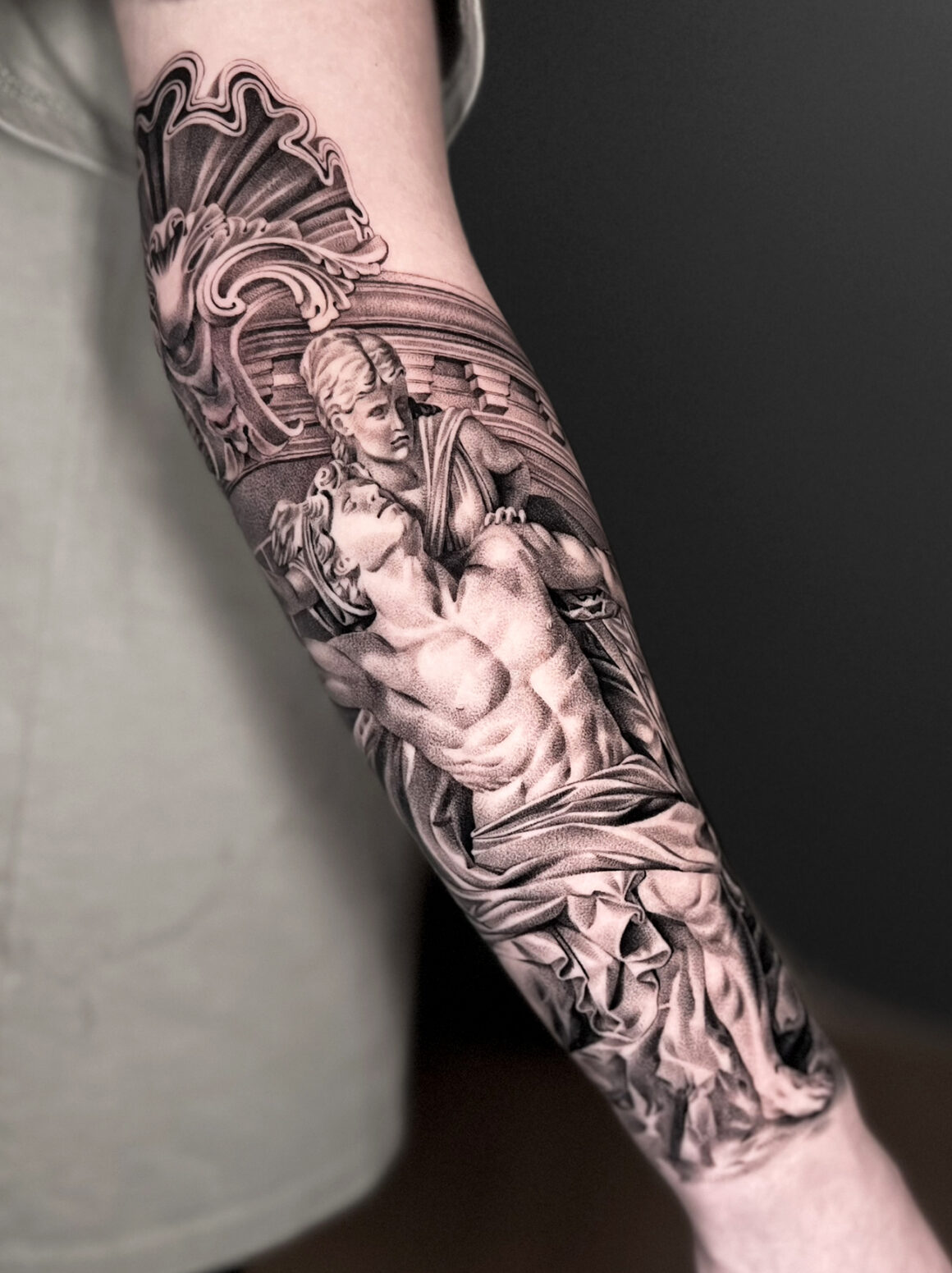
And do you have any plans for the coming months or goals you hope to achieve soon?
Yes — I’m preparing for upcoming conventions in both the U.S. and Europe. I’m also working on several collaborations, including one with my friend and incredible neo-traditional tattoo artist Federico Almanzor. Our styles are very different, which makes the creative process even more exciting. In addition, I’m discussing projects with a few other artists — we’re still in the planning stages.
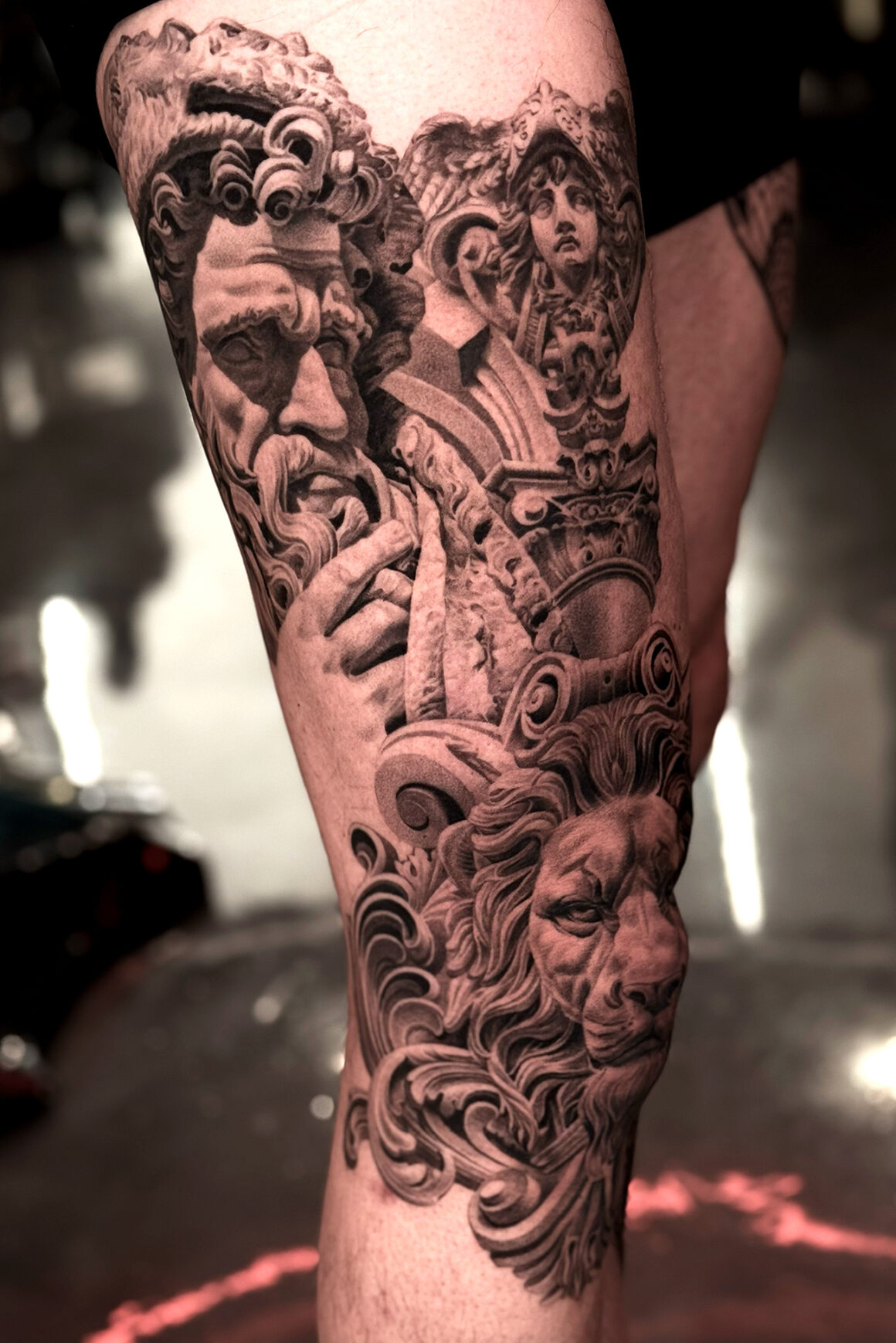
I also intend to finalize official sponsorship contracts with several brands I’ve been working with over the years. It’s an important step for me as a professional, and I see it as a way to build more structured partnerships going forward. Of course, I’ll continue pushing large-scale tattoo projects — I want to create work that doesn’t just live on the skin but stays in people’s memory long after.
